Related Research Articles

James Prince Lee was an English clergyman and schoolmaster who became head master of King Edward's School, Birmingham, and was later the first Bishop of Manchester.
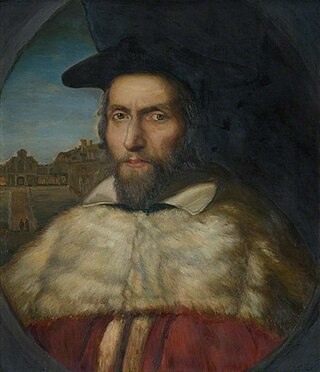
John Cosin was an English bishop.

William Kirby was an English entomologist, an original member of the Linnean Society and a Fellow of the Royal Society, as well as a country rector, so that he was an eminent example of the "parson-naturalist". The four-volume Introduction to Entomology, co-written with William Spence, was widely influential.

Joseph Hunter was a Unitarian Minister, antiquarian, and deputy keeper of public records now best known for his publications Hallamshire. The History and Topography of the Parish of Sheffield in the County of York, the two-volume South Yorkshire , still considered among the best works written on the history of Sheffield and South Yorkshire, and his 1852 pamphlet on Robin Hood in which he argued that a servant of this name at the court of Edward II was identical with the famous outlaw. His name was adopted by the Hunter Archaeological Society.
Samuel Beal was an Oriental scholar, and the first Englishman to translate directly from the Chinese the early records of Buddhism, thus illuminating Indian history.

Robert Robinson was an English Dissenter, influential Baptist and scholar who made a lifelong study of the antiquity and history of Christian Baptism. He was also author of the hymns "Come Thou Fount of Every Blessing" and "Mighty God, while angels bless Thee", the former of which he wrote at age 22 after converting to Methodism. The latter was later set to music by Dr John Randall, Music Professor at Cambridge University.
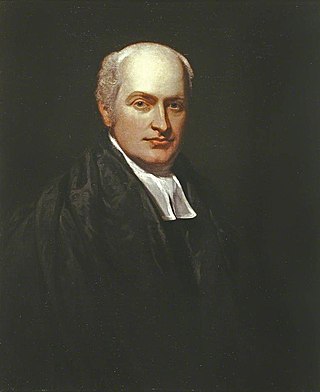
Edward Maltby was an English clergyman of the Church of England. He became Bishop of Durham, controversial for his liberal politics, for his ecumenism, and for the great personal wealth that he amassed.
George Andrew Jacob was an English clergyman and schoolmaster and author of many books about education and Christianity.
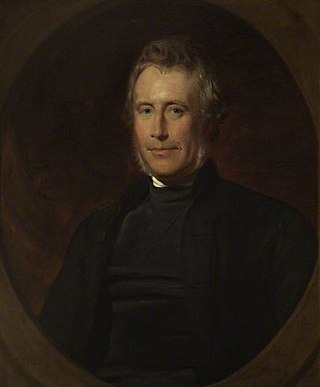
Robert John Eden, 3rd Baron Auckland, styled The Honourable Robert Eden from birth until 1849, was a British clergyman. He was Bishop of Sodor and Man from 1847 to 1854 and Bishop of Bath and Wells from 1854 to 1869.
William Hewson (1806–1870) was a theological writer and curate in the Church of England during the Victorian age.

The Martineau family is an intellectual, business and political dynasty associated first with Norwich and later also London and Birmingham, England. Many members of the family have been knighted. Many family members were prominent Unitarians; a room in London's Essex Hall, the headquarters building of the British Unitarians, was named after them. Martineau Place in Birmingham's central business district was named in their honour.

Hanserd Knollys (1599–1691) was an English particular Baptist minister.
George Pellew (1793–1866) was an English churchman and theologian, Dean of Norwich from 1828 to 1866.
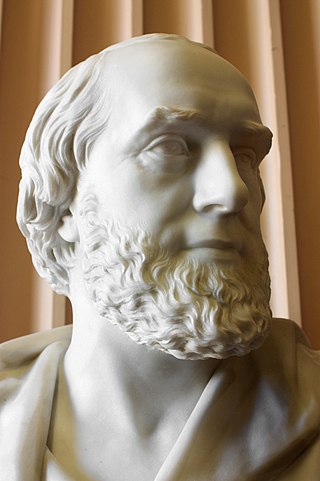
William Ballantyne Hodgson was a Scottish educational reformer and political economist.
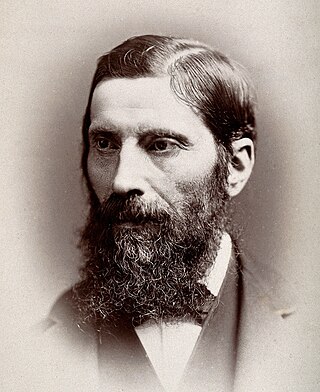
Sir George Murray Humphry, FRS was a professor of physiology and anatomy at Cambridge, surgeon, gerontologist and medical writer.
Rotherham Grammar School was a boys' grammar school in Rotherham, South Yorkshire, England.

Henry Stebbing FRS (1799–1883) was an English cleric and man of letters, known as a poet, preacher, and historian. He worked as a literary editor, of books and periodicals.
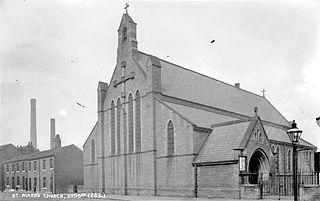
The former St Mark's Church, Old Leeds Road, Huddersfield, was an Anglican parish church in West Yorkshire, England. It was previously known as St Mark's, Leeds Road, before the road name was changed. This building was designed in 1886 by William Swinden Barber when the parish of St Peter's was split and a new building was required to accommodate a growing congregation. It was opened in 1887. Among the vicars posted in this benefice were the very popular Canon Percy Holbrook, the notoriously unfortunate Reverend Jonas Pilling who was involved in a standoff with his congregation for many years, the sociable Reverend Robert Alfred Humble who died in mysterious circumstances, and the eloquent preacher Reverend Joseph Miller, who had previously been a Congregational minister. The building was sold by the Church of England in 2001, and it has been converted into a block of offices.
John Sleath (1767–1847) was an English cleric and High Master of St Paul's School, London. He was elected a Fellow of the Royal Society in 1820.

Keith Graham Riglin was an Anglican bishop in the Scottish Episcopal Church. Having ministered from 1983 within Baptist and Reformed churches, he took holy orders in the Church of England in 2008. In January 2021 he was elected Bishop of Argyll and The Isles and held that post until his death.
References
- ↑ "Beal, William (BL834W)". A Cambridge Alumni Database. University of Cambridge.
- ↑ First with the News. The history of W.H.Smith 1792-1972. Charles Wilson. Jonathan Cape. 1985. ISBN 0-224-02156-7.
. Dictionary of National Biography . London: Smith, Elder & Co. 1885–1900.